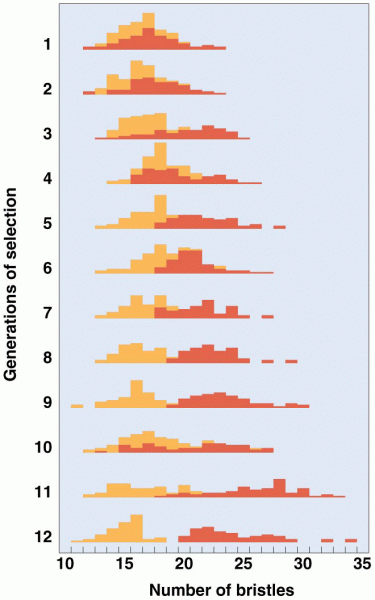- Grade 11 and 12 Mathematics (Moderator: geoffrey)
|
|
|
- Grade 11 and 12 Mathematics (Moderator: geoffrey)
In women, pharmacodynamic differences include increased sensitivity to (and increased effectiveness of) beta-blockers, opioids, selective serotonin reuptake inhibitors, and typical antipsychotics.
Not getting enough sleep can greatly weaken the immune system. Lack of sleep makes you more likely to catch a cold, or more difficult to fight off an infection.
Persons who overdose with cardiac glycosides have a better chance of overall survival if they can survive the first 24 hours after the overdose.
A headache when you wake up in the morning is indicative of sinusitis. Other symptoms of sinusitis can include fever, weakness, tiredness, a cough that may be more severe at night, and a runny nose or nasal congestion.
On average, the stomach produces 2 L of hydrochloric acid per day.
 Variation in climatic conditions result in geographic variation in the distribution of biome types a
Variation in climatic conditions result in geographic variation in the distribution of biome types a
 A number of tree species can be interconnected by mycorrhizal fungi in the forests of British Columb
A number of tree species can be interconnected by mycorrhizal fungi in the forests of British Columb





